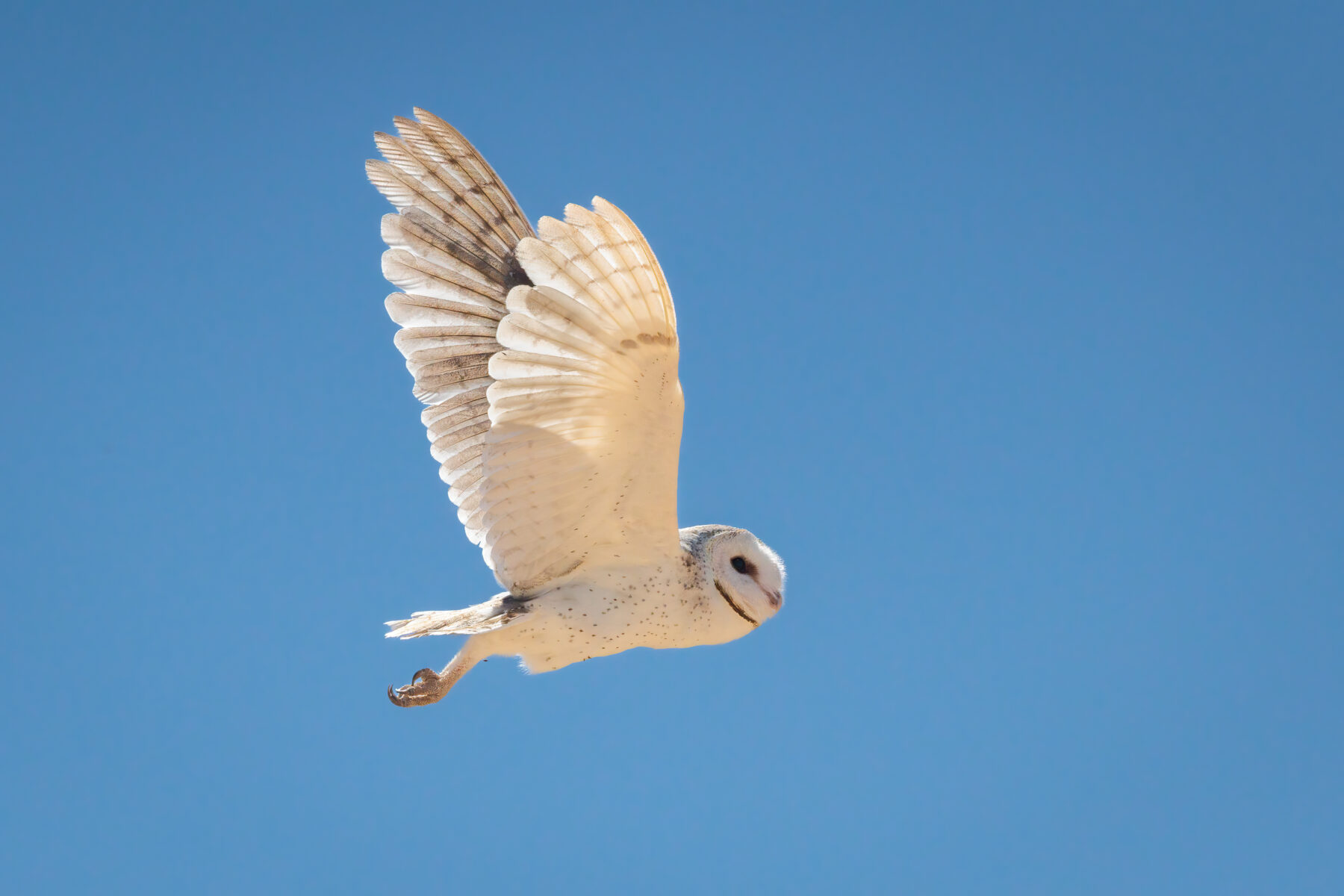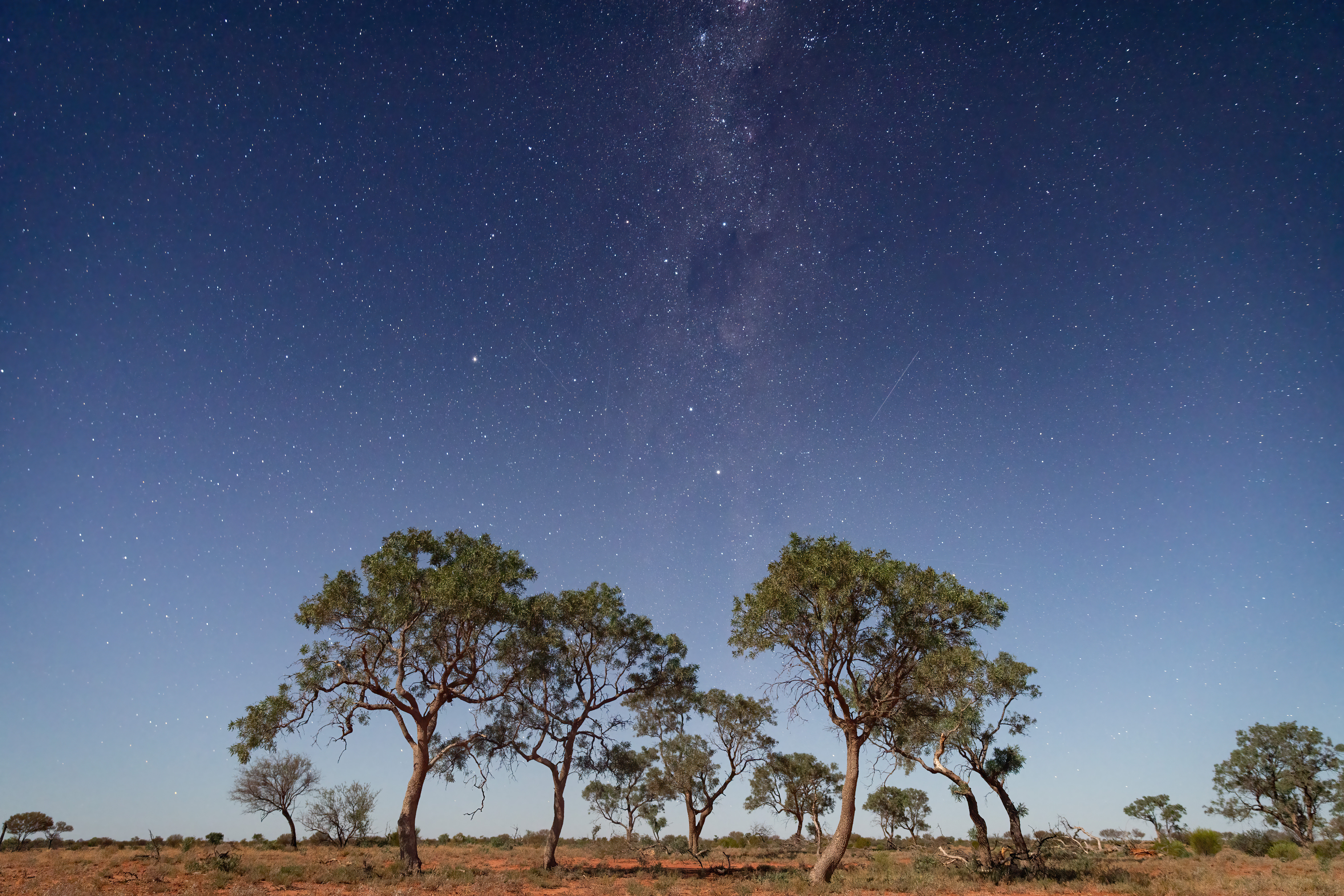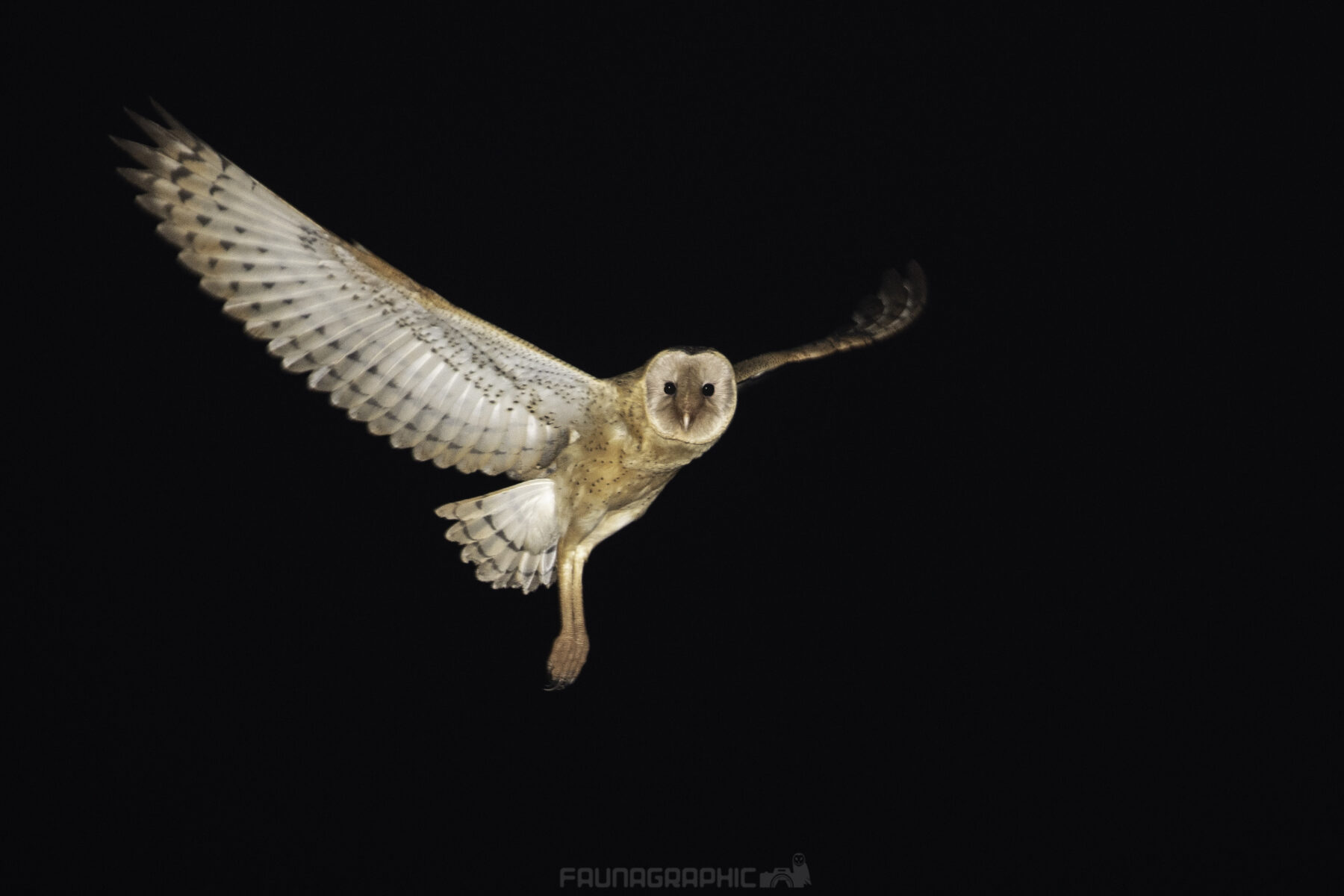The largest parcel of private land ever purchased in NSW for the national park estate will protect at last two critically endangered ecological communities not yet conserved in any other national park and about 50 threatened bird and mammal species.
The acquisition was announced this week as the temperature climbed to 40 degrees on the banks of Berawinnia Creek, on Thurloo Downs, about 250km north-west of the iconic outback town of Bourke – a nine hour drive north-west from Sydney.
Thurloo is one of five properties included in the purchase, all previously owned and run by long-time pastoralist Peter Hughes and his family.
Peter, now aged 84, has worked in the area since the 1950s and bought the land in 1983.
His family sees the transfer of the property into state ownership as a succession move with a long-lasting legacy, Atticus Fleming, head of the NSW National Parks and Wildlife Service, explained at the announcement.
The purchase price remains commercial in confidence.

Gradual transition
The land will be transitioned during the next two years from a cattle and sheep property into a national park.
Peter has agreed to remain on-site for now, imparting his knowledge of managing the diverse landscapes here, which range from mulga scrubland and pockets of desert bloodwood and poplar box to gibber planes and salt lakes.
The property is at the termination of the Bulloo River, one of Australia’s few remaining free-flowing rivers, which reaches the property via Queensland, along its northern border.
Once water in the Bulloo reaches Thurloo and the other properties it spreads into a massive floodplain, creating a huge ephemeral wetland that meets the requirements for listing as a Wetland of International Significance under the Ramsar Convention.

As for all land in this part of Australia, whether it’s used for conservation or private purposes, feral animals – including cats and rabbits – are a huge issue for biodiversity conservation.
Peter estimates that he removed at least 200,000 rabbits from the property before calicivirus began to work as a control agent against the feral herbivores in the mid-1990s.
Atticus said that feral animal control will now become one of the first management issues for the new park.
“You’ll see boots on the ground [here] delivering the biggest feral animal eradication program the state has ever seen,” he said.
The new park, which is still yet to be named, will be staffed with five new NPWS personnel and receive an initial $4 million injection of funds for visitor infrastructure such as camping grounds and four-wheel-drive tracks.

A gateway to outback Oz
The new park is already being hailed for its potential as a huge tourism drawcard, where people will be able to gain the quintessential outback experience relatively easily.
Flying over the stunning property you can see why that’s likely to be the case. It contains some of the most iconic Aussie landscape you’ll see anywhere along the country’s eastern side.
Thurloo can be reached by sealed roads from the east via the town of Bourke, or from the town of Tibooburra, which lies west of the property.
Alternatively, there’s a tarmac airstrip at the tiny outpost of Wanaaring, which is about a 45-minute drive away from the property.
The transition from pastoral property to national park period will, Atticus said, include ecosystem analysis and working with local Karenggapa and Parudji Aboriginal communities to understand the importance of what are believed to be extensive Indigenous cultural artefacts occurring on the property.
These include the remains of hearths, grinding plates and many other signs of long-term Aboriginal occupation and use of the land here.

Emotional hand-over
Clearly emotional about the impact of the transfer of such a huge site of significant cultural and conservation values into state ownership, NSW Environment Minister, James Griffin, confided to Australian Geographic after making the announcement that “for me, personally, this has been the single biggest achievement of my career”.
“It’s profound, not only because of the conservation value that it delivers but also for what it will mean for people across NSW,” he said. “It does so many things; it’s a momentum builder, it recognises the importance of our environment, the importance of conservation.”
“Peter [Hughes] has a real affinity and love for his property, so you can understand why things would take so long to agree on a transition and what that looks like.”
The fact that the park was the biggest single private parcel of land ever transferred into the national park status was, James said, “hugely significant”.
“It speaks loudly about the commitment of people from all walks of life now wanting to deliver good conservation outcomes.”

International significance
Atticus said that NPWS staff were impressed about the conservation and heritage values of Thurloo Downs from the first moment they began looking at the site.
“Our field scientists were really excited about what they found,” he said. “This property protects a who’s who of Australia’s endangered wildlife – 50 threatened species ranging from little hopping mice and carnivorous marsupials through to an incredible diversity of birds, including pink cockatoos, grey grasswrens, crimson chats, black falcons – this is a birdwatcher’s paradise.”
“This acquisition is hugely significant because over 400,000ha [4000sq.km] of outback Australia will be protected forever: it’s certainly significant for NSW and Australia but this is an acquisition that will be celebrated around the world, because of both its size and what we are protecting here.”
The state acquisition of this new property means that a huge swathe of north-west NSW is now protected by national park status.
“From this point west to the SA border [this purchase] means that it will almost all be covered by NP estate, conserving some of the most precious ecosystems and regions that exist in this whole entire country,” James pointed out.



















